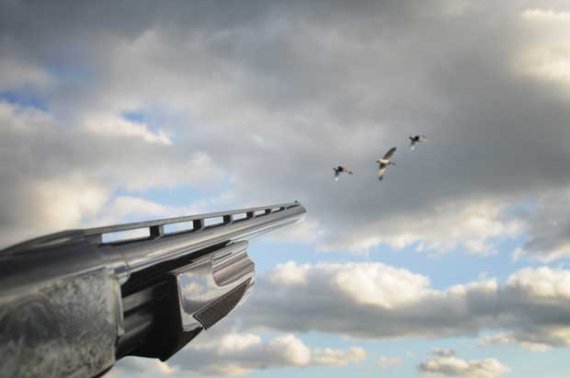Hunting does not lead to a reduction in the number of greylag geese. Pricking and draining the eggs has little effect too. The only way of substantially reducing the population is to catch the geese during the moulting season, then put them in containers and gas them with CO 2 – a controversial method. These are the conclusions reached by David Kleijn, Dick Melman and Mariëlle van Riel at Alterra. They investigated the effect of various control measures for the Wildlife Compensation Fund, which pays compensation for damage done by geese to farmland. The researchers concentrated on the situation on Texel, where various measures have been tried over the past few years. Greylag geese are seen as a double nuisance. Most species of geese only spend the winter here but greylag geese populations – including in the summer – have exploded since the early 1960s, when the species returned to the Netherlands to breed. The growth has been particularly dramatic over the past ten years. In Texel alone there are around 6000 greylag geese in the summer and far more in the winter. They eat the crops, flatten plants with their webbed feet and cover everything with their excrement.
Smart birds
The population calculations made by Alterra show that the only measure that has worked on Texel is catching the geese during the moulting season, when they are unable to fly. That has a big impact on the local breeding population. This method is currently only allowed in the vicinity of Schiphol. Use of this measure often provokes an emotional outcry and staff at the extermination company Duke Faunabeheer even needed security for protection last month. In contrast, hunting greylag geese – the most common control measure in the Netherlands – had virtually no effect. Although hunters on Texel shot about 15 thousand greylag geese between 2005 and 2011, the population still grew unabated. ‘They probably shoot the wrong geese,’ says Kleijn. ‘Mostly birds roaming around that happen to fly over Texel. The greylag geese breeding locally mainly spend the summer in nature areas where hunting isn’t allowed. Also, the local birds soon learn where they need to keep out of the way.’ The third control measure – pricking and draining the eggs, done more than 12 thousand times in 2011 – does lead to a big fall in the number of chicks but that only slows down the population growth. ‘The problem is that you never find all the eggs,’ says Kleijn. ‘The first year they found 70 percent but in the third year only 57 percent. I wouldn’t be surprised if the geese had learnt to hide their nests better. They are smart birds.’

